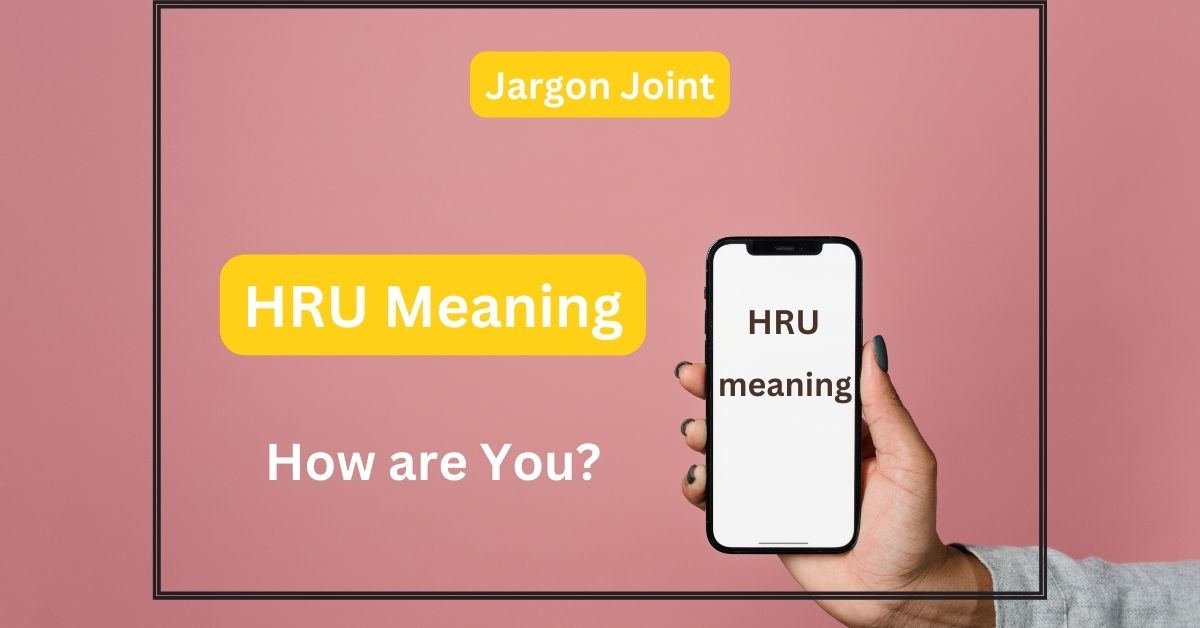“HRU” means “How are You?.”
What does HRU mean in Chats?
“HRU means ‘How are you?’ It’s a quick way to ask someone how they’re doing or feeling.”
How to Pronounce HRU
Just say each letter like “H” – “R” – “U”. It sounds like “Aitch Ar You.”
Usage in Sentences
- “HRU doing today?”
- Emotion: Casual, friendly
- Context: Starting a conversation with someone, expressing interest in their well-being.
- “Just wanted to check in and see HRU.”
- Emotion: Concerned, caring
- Context: Reaching out to someone to ensure they’re doing okay, showing empathy and support.
- “Hey, HRU holding up?”
- Emotion: Supportive, empathetic
- Context: Checking on someone’s emotional state, offering support or assistance if needed.
Related Slangs:
- HBU – “How About You?”
- WBU – “What About You?”
| Aspect | Details |
|---|---|
| Keyword | HRU |
| Type | Acronym |
| Meaning | “How are you?” – a common greeting used to inquire about someone’s well-being or current state. |
| How to Pronounce | Pronounce each letter individually: “H,” “R,” “U.” |
| Origin | Likely emerged from the need for quick and informal communication in digital platforms. |
| Common Usage | “HRU doing today?” “Just wanted to check in and see HRU.” “Hey, HRU holding up?” |
| Related Slangs | HBU, WBU |
| Popularity | Widely used across various digital platforms for casual and friendly interactions. |
| Is it safe for Children | Safe for children; contains no explicit language. |
| Is it Safe to use at Work | Generally safe for professional environments; used for casual conversations or checking in with colleagues. |
| Emoji used to express | 🙂 (Smiling Face), 😊 (Smiling Face with Smiling Eyes) to convey friendliness or warmth. |
| HRU in Instagram Meaning | Employed in Instagram captions or comments to check in with friends or followers. |
| HRU in Snapchat Meaning | Used in Snapchat messages or stories to start conversations or express concern for friends. |
| HRU in TikTok Meaning | Utilized in TikTok videos or comments to engage with followers or initiate dialogue. |
Typical Users of HRU
The term HRU is mostly used by kids, young adults and teenagers.
